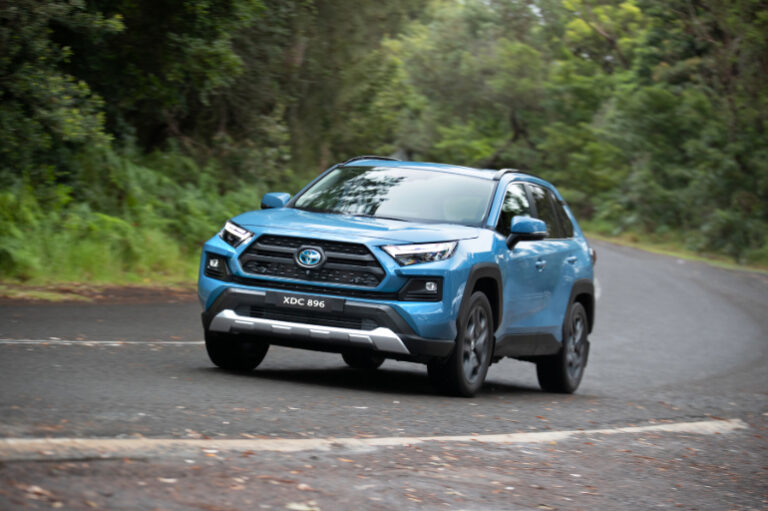New vehicle sales results for November, released by the Federal Chamber of Automotive Industries (FCAI), highlight a continuing softening in demand compared with the same month last year, as well as the ongoing preference for hybrid and plug-in hybrid technology.
A total of 99,091 new vehicles were delivered during November, which was a decrease of 11.6 percent on the same period last year. Total year-to-date sales now sit at 1,124,712 units – an impressive figure regardless of the recent softening.
“From an historical perspective, the 2024 year-to-date result is strong,” said FCAI Chief Executive Tony Weber.
“However, the market is starting to show a number of clear trends. The first half of 2024 recorded market growth of 8.7 percent compared with 2023. Since July, we have seen the market decline by 8.2 percent compared with 2023.
“The Private buyer segment continues to struggle with a decline of 16.6 percent on November 2023. This follows falls of 14.2 percent in October, 17.2 percent in September and 15.9 percent in August. This is a disturbing trend which illustrates how cost of living pressures are impacting households.”
Of the segments performing well, the date shows SUVs and light commercial vehicles remain strong sellers.
“Consumer preference remains clear with SUVs and Light Commercial vehicles making up the top ten new vehicles sold while Passenger vehicles fell to a monthly market share of just 13.7 per cent,” Mr Weber said.
Mr Weber added that November recorded another disappointing result for EV sales, while hybrid and plug-in hybrid (PHEV) vehicles accounted for 16.9 percent of monthly sales compared with 9.9 percent last year.
“The Australian experience with EVs is similar to many major markets overseas such as Europe, New Zealand and the USA,” he said.
“Car makers are responding to regulatory settings that mandate an increase in the number of zero-emission vehicles by introducing new products. However, consumers remain cautious about making the shift to pure EVs and instead are purchasing hybrid or plug-in hybrid vehicles. The industry will continue its part by introducing an increasing range of more affordable, low-emission vehicles while working alongside governments to address challenges such as recharging infrastructure which is critical to building consumer confidence for the transition to low-emission vehicles.”
Toyota was the market leader with sales of 20,562 throughout November, followed by Ford (8,720), Mazda (7,588), Kia (6,410) and Mitsubishi (6,205). The Toyota RAV4 was Australia’s top-selling vehicle with sales of 5,526, followed by Ford Ranger (4,981), Toyota Prado (3,590), Toyota HiLux (3,572) and the MG ZS (2,794).
In terms of regional outcomes in November, the sales slump was experienced in every state and territory, with the Northern Territory experiencing the biggest drop compared with the same month last year.
Sales in the Australian Capital Territory were down 18.1 percent on November 2023 to 1,333; New South Wales was down 12.2 percent to 30,490; Northern Territory was down 21.1 percent to 727; Queensland decreased 12.1 percent to 21,320; South Australia also decreased by 9.5 percent to 6,591; Tasmania had a decrease of 18.8 percent to 1,642; Victoria decreased 9.8 percent to 26,729 and Western Australia decreased by 12.2 percent to 10,259.







